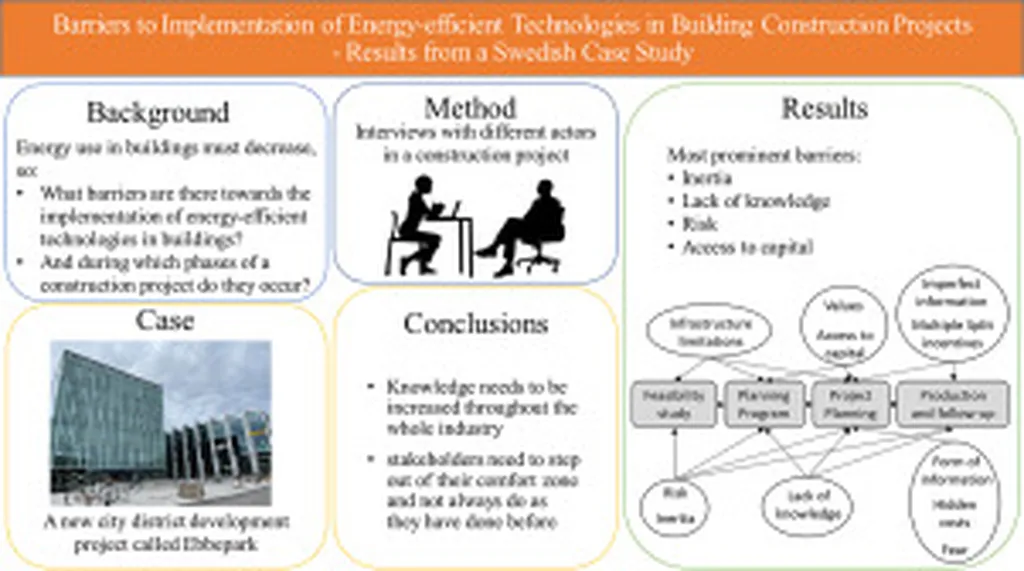In the quest for more efficient energy storage solutions, a recent study published in *Zhileng xuebao* (translated to *Journal of Refrigeration*) has shed light on the heat-transfer characteristics of a low-temperature phase change cool storage system during the melting process. Led by Wu Beirong, the research delves into the intricacies of how potassium chloride (KCl) and water (H₂O) behave as phase change materials (PCMs) in an internal ice-on-coil cool storage system.
The study primarily focuses on the effects of coolant inlet temperature on heat-transfer characteristics. According to Wu Beirong, “Heat transfer from the tube to the phase change material is strongly influenced by natural convection of the melted PCM.” This finding is significant as it highlights the dynamic nature of heat transfer during the melting process, which was previously underestimated in theoretical models that relied solely on conduction.
The research also correlated the amounts of cool discharging with dimensionless groups such as Fourier number (Fo), Stefan number (Ste), and Reynolds number (Re). These correlations provide a more nuanced understanding of the heat transfer mechanisms, which could lead to more efficient designs of cool storage systems.
The implications of this research are substantial for the energy sector. As the demand for energy storage solutions continues to grow, particularly in renewable energy applications, understanding the behavior of PCMs becomes crucial. More efficient cool storage systems can lead to better energy management, reduced costs, and improved sustainability.
Wu Beirong’s work, published in *Zhileng xuebao*, offers a stepping stone for future developments in the field. By providing a clearer picture of the heat-transfer characteristics during the melting process, the research paves the way for more innovative and efficient cool storage technologies. As the energy sector continues to evolve, such advancements will be instrumental in meeting the growing demand for reliable and sustainable energy solutions.
In the words of Wu Beirong, “This research not only enhances our understanding of phase change materials but also opens up new avenues for their application in energy storage systems.” The study’s findings are a testament to the ongoing efforts to optimize energy storage technologies, ensuring a more sustainable and efficient future.

